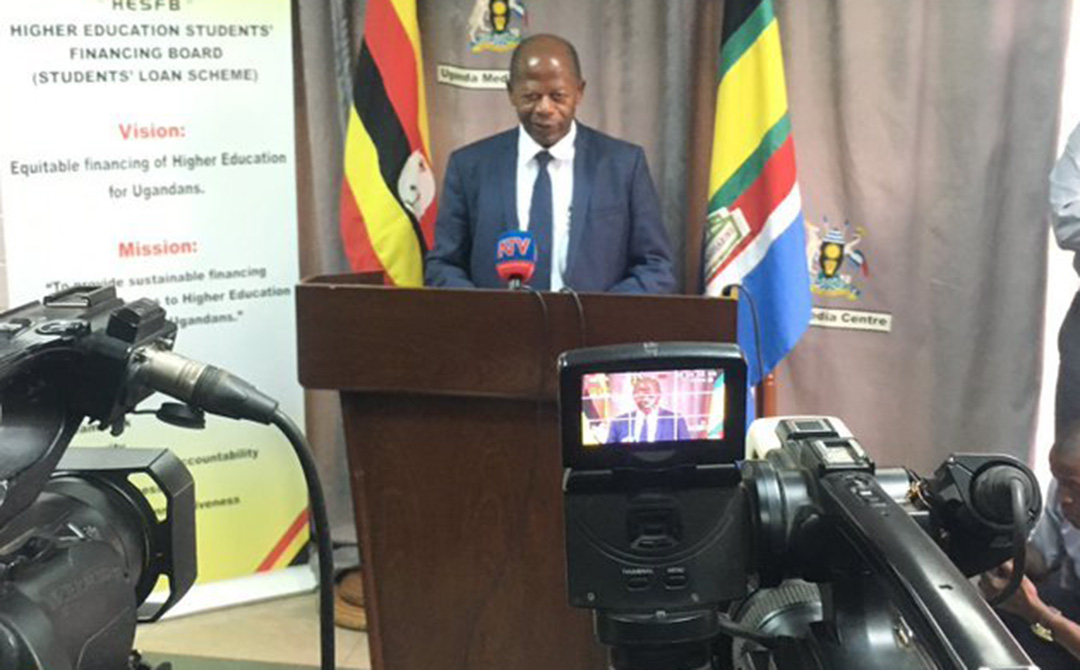
Ugandan Cabinet ministers on Monday, June 15 met to discuss the fate of education in Uganda regarding schools across the country.
The cabinet resolved to re-open educational institutions basically tertiary institutions and Universities to commence the education cycle.
Dr. John Muyingo, the state minister for higher Education said the cabinet resolved to roll out a phased re-opening of the education system with priority going on 100 tertiary institutions and 50 Universities in the country.
“These are easier to manage without breaching Covid 19 measures relating to physical distancing requirements because they have fewer student numbers compared to Primary and Secondary schools,” Dr Muyingo explained..
Dr Muyingo added that post-secondary school academic institutions also have more spacious accommodation facilities (Halls of residence and hostels) than secondary schools making it easier to observe physical distancing requirements.
This means that upon reopening we can look at the situation where all of them are confined in one place with strict adherence to Covid 19 guidelines..
He explained that the original proposal to reopen candidate classes only was shelved because it is not workable and would affect the entire schools promotions system.
“For instance, what happens to children in S1 who remain unpromoted having had a dead year yet those of P7 went on to sit their examinations and were ready to enroll for Senior one?The same applies to S4s and even S6,” said Dr Muyingo.
Dr. Muyingo says since that puzzle can’t be resolved; the plan to reopen candidates’ classes only is permanently off the table.
Dr Muyingo said it is clear that exploring distance learning is the only option available so that through purchase of Shs 10m radio sets and 137,466 solar-enabled TV sets (for the 68,000 villages) can be relied upon to enable the audio and visual learning of the children and students involved in pre-University academic institutions across Uganda.
He revealed that whereas each household will be given a radio set free of charge purchased by GoU that requires about Ugx 380bn for the 10M radios, the TV sets will be fewer with each of the 68,000 villages.
This comes barely four days after another cabinet emergency Cabinet meeting that sat on the eve of budget reading last week weighed options before re-opening schools as they discussed a report of the Education committee on virtual learning.
The meeting resolved to keep all schools shut but virtual learning must continue as government monitors the Covid-19 curve.
The Cabinet asked Mr Matia Kasaija of Finance to look for funds in the 2020/21 budget for buying radios and TV sets for the 15 million learners.
While the planned distribution of free radios and TV sets was never intended to assist virtual political campaigns but ease access to distance learning and teaching across Uganda, sources in Cabinet talked of “killing two birds with one stone”.
According to another Cabinet source, the President also told Cabinet that since Education requires only two senses – listening and seeing, the planned distribution of free government TV sets and radios will boost distance learning infrastructure, a teaching strategy needed to combat the spread of the Coronavirus pandemic.
Under the proposed radio and TV based learning strategy, more than 15 million learners particularly in primary and secondary schools, will study remotely without regular face-to-face contact with teachers in the classrooms or lecture rooms.
Learning methods
Under this, students will get tutorial support via a virtual learning environment, such as phone, email, or electronic means such as teleconferencing and zoom technology
And at undergraduate level, Cabinet said distance learning will involve students engaging with learning materials at home or work.

